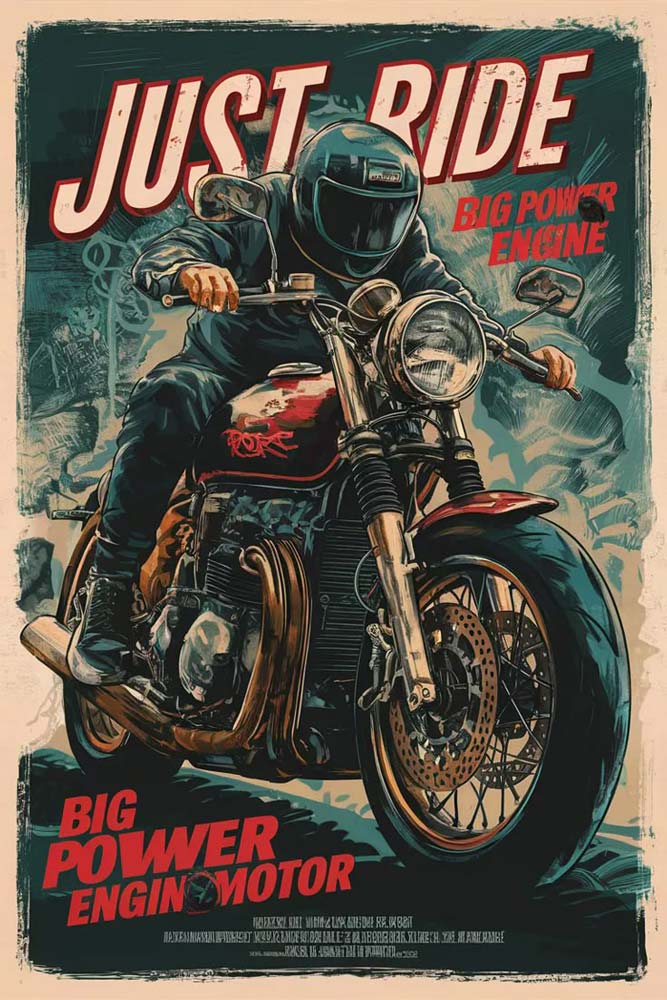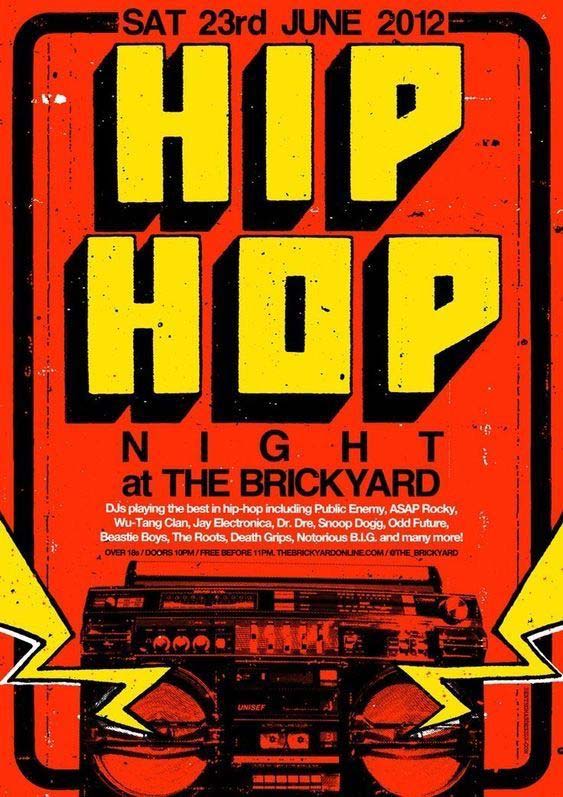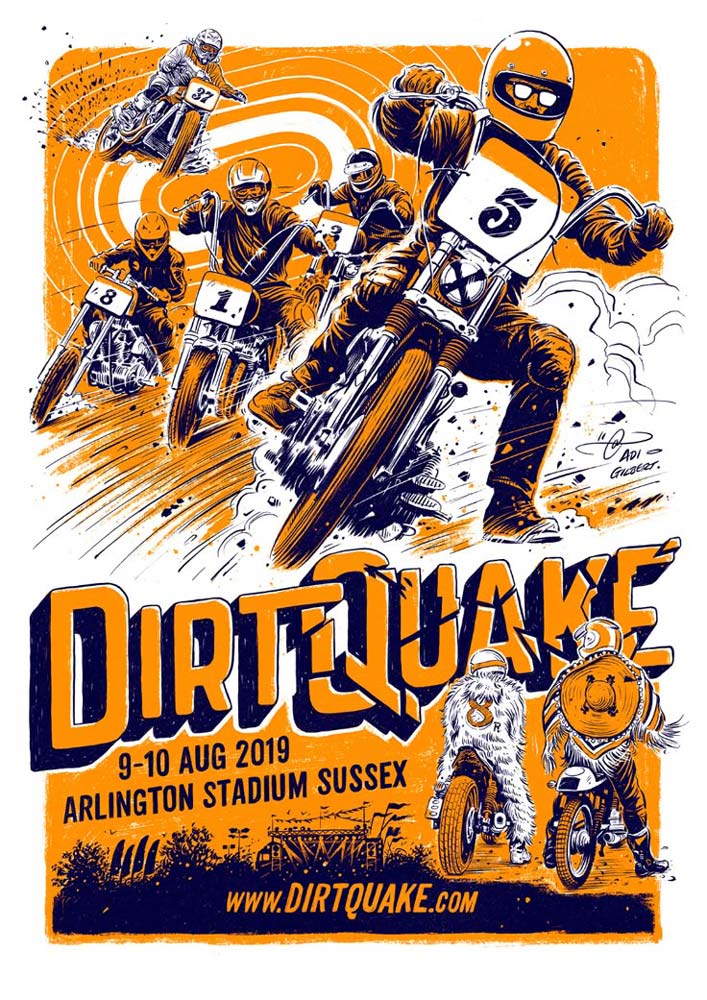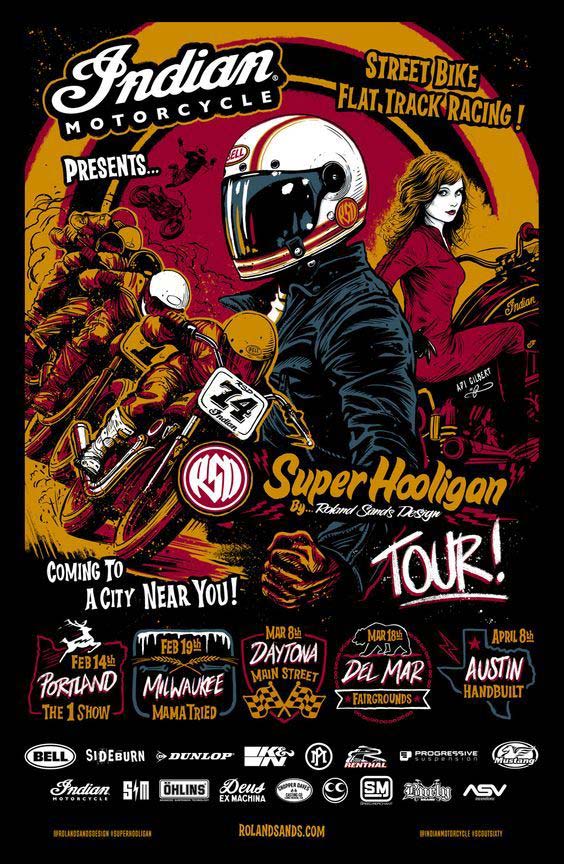Old-School Posters Are Making a Comeback: The Revival of Vintage Design

Introduction: The Return of Retro Posters
In the digital age, where graphic design is often dominated by sleek, minimalistic interfaces and instant digital media, it may come as a surprise to see old-school posters making a comeback. But over the past few years, vintage and retro-style posters have become increasingly popular among designers, collectors, and art enthusiasts alike. Whether it’s the bold typography, the striking imagery, or the sense of nostalgia they evoke, old-school posters are having a revival in today’s modern world.
This blog post will explore why these vintage designs are making a resurgence, how they’re influencing modern design, and why their timeless appeal continues to captivate audiences of all ages.
A Brief History of Old-School Posters
Posters have long been a means of communication, used to convey messages, advertise products, and promote art and events. Dating back to the late 19th century, the poster became an essential part of advertising and public relations, especially in the early 20th century. The first true “posters” were lithographed or printed using woodblocks, and their purpose was primarily to capture attention in public spaces like streets, theaters, and shops.
During the early to mid-20th century, poster design evolved, becoming a recognized form of art in itself. Artists such as Henri Toulouse-Lautrec, Jules Chéret, and later, modern graphic designers like Saul Bass, became known for their contributions to the art of poster design. Their work transformed posters from simple advertisements to works of visual storytelling, blending art with commerce.
Posters from the mid-20th century, especially in the 1950s and 1960s, remain iconic examples of graphic design, known for their bold colors, typography, and cultural messages. These designs captured the spirit of their time—be it the rise of rock ’n’ roll, the golden age of cinema, or the political movements of the era.
The Golden Age of Posters: Mid-20th Century Design
The mid-20th century was the golden age of posters, with design reaching new heights in both creativity and influence. The era witnessed an explosion of artistic expression, especially as advertising and film studios looked for ways to catch the public’s eye. The 1950s and 1960s saw the creation of some of the most iconic movie posters, concert posters, and advertisements, many of which are still revered by collectors and design enthusiasts today.
Some of the standout characteristics of mid-century poster design included:
- Bold, Graphic Typography: Poster designers embraced striking, easily legible fonts that made a statement from a distance. These fonts were often exaggerated, oversized, and playful, contributing to the overall impact of the poster.
- Vivid Colors and Contrast: Posters from this era featured bright, saturated colors, sometimes with unexpected combinations. The use of high-contrast color schemes made these designs stand out in a crowded urban environment.
- Dynamic Imagery and Art: Illustrations and hand-drawn art were often featured in posters, giving them a unique, personal touch. These designs were typically more artistic and less reliant on photographic imagery, emphasizing creativity over realism.
- Pop Culture and Political Messaging: Mid-century posters often reflected the zeitgeist, from promoting blockbuster movies like Star Wars or Jaws to encouraging political movements like peace during the Vietnam War. These posters became powerful symbols of social and cultural change.
The Decline of Posters in the Digital Age
As the 1980s and 1990s saw the rise of digital technology and mass media, the traditional poster slowly began to fade into the background. With the advent of television, the internet, and digital advertising, posters—once a dominant medium for communication—were overshadowed by the rapid rise of digital and televised marketing.
Additionally, the digital design world embraced minimalism, where sleek, simple designs took center stage. Digital advertising and online promotion became more sophisticated, with flashy banners, pop-up ads, and social media replacing the need for printed posters.
While the poster was still used for some niche purposes—such as music festivals, concerts, and vintage advertising—its widespread cultural relevance was diminished. The age of flashy TV commercials and digital billboards seemed to signal the end of the poster’s dominance.
Why Old-School Posters Are Making a Comeback
In recent years, however, old-school posters have made a surprising return. But what’s driving this revival? Several factors are contributing to the resurgence of vintage posters:
- Nostalgia: As with many retro trends, nostalgia plays a key role. People are looking back to the past for comfort, and vintage posters evoke a sense of simpler times. The bold colors and graphic styles remind people of classic design eras and resonate with those seeking a connection to the past.
- Retro Aesthetics: The resurgence of mid-century modern design in furniture, interiors, and graphic design has influenced the poster market. The distinctive artistic style of mid-20th century posters, with their bold designs and vintage appeal, has become highly desirable for collectors and interior decorators.
- Sustainability and Handcrafted Design: In an age of mass digital content, consumers are increasingly seeking out handcrafted and tangible art. Posters, especially vintage ones, offer something physical and unique that digital advertisements cannot. Collectors value the craftsmanship and artistry of these designs, often viewing them as investments in culture and history.
- The Rise of Print-on-Demand and Online Marketplaces: Modern technology has made it easier than ever to create and sell posters. Websites like Etsy and Society6 allow artists to produce limited edition prints that capture the retro aesthetic of old-school posters while giving them a fresh, modern twist. The availability of print-on-demand services has allowed both vintage designs and modern takes on classic posters to flourish.
The Impact of Vintage Posters on Today’s Design Trends
Old-school posters are not only making a comeback as collectibles—they’re also influencing contemporary design. The vibrant, eye-catching designs of vintage posters are being reinterpreted by modern graphic designers, who draw inspiration from the past while adding contemporary elements.
In particular, the influence of vintage posters can be seen in:
Modern Concert Posters: Many modern music festivals and events use graphic designs that pay homage to classic poster art. Band posters and promotional materials now often feature bold typography, dynamic illustrations, and vibrant color schemes reminiscent of mid-century style.
Home Décor and Interior Design: Vintage posters are increasingly popular in interior design, used to decorate homes, offices, and cafes. Their nostalgic appeal, combined with their aesthetic qualities, makes them ideal for creating stylish, retro-themed spaces.
Branding and Advertising: Some modern brands are drawing from the principles of vintage poster design to create distinctive, attention-grabbing advertisements. These ads often embrace bold fonts, unique graphics, and vibrant color schemes to stand out in the crowded digital marketplace.
Where to Find Old-School Posters Today
With the revival of vintage posters, it’s easier than ever to find both original pieces and modern reproductions. Some popular places to explore include:
- Online Marketplaces: Websites like eBay, Etsy, and Society6 offer a wide range of vintage and contemporary posters. You can find everything from original movie posters to prints inspired by retro designs.
- Antique Stores and Flea Markets: For those who prefer a more hands-on experience, antique stores and flea markets are great places to discover original vintage posters, often at affordable prices.
- Specialty Art Galleries: Many galleries specialize in vintage poster art, offering high-quality prints and original pieces for collectors. These galleries often curate exhibitions and sell limited-edition prints that appeal to both design enthusiasts and art collectors.
Conclusion: The Enduring Appeal of Vintage Poster Art
Old-school posters have transcended their original purpose as advertising tools and have become timeless works of art. Whether you’re drawn to the bold typography, the vibrant colors, or the nostalgic messages they carry, vintage posters have found new life in today’s design world. Their influence continues to shape contemporary aesthetics, from modern branding to home décor, proving that great design never goes out of style.
The revival of vintage posters reflects our ongoing love for craftsmanship, artistic expression, and a desire for a tangible connection to the past. In an age of digital saturation, there’s something uniquely captivating about a physical poster—a reminder of how art, culture, and design can come together to create something truly unforgettable.
References
- Taylor, S. (2019) The History of Vintage Posters: Art and Design Through the Decades. New York: Abrams.
- Thompson, J. (2017) Posters in the Modern Age: The Return of Retro Graphic Design. London: Phaidon Press.
- Walker, M. (2020) Designs from the Past: How Old-School Posters Are Shaping Today’s Art. Graphic Design Journal, 14(3), 32-45.
- Smith, R. (2021) Nostalgia and Design: The Revival of Vintage Poster Art in the 21st Century. Art and Design Review, 9(2), 11-19.






